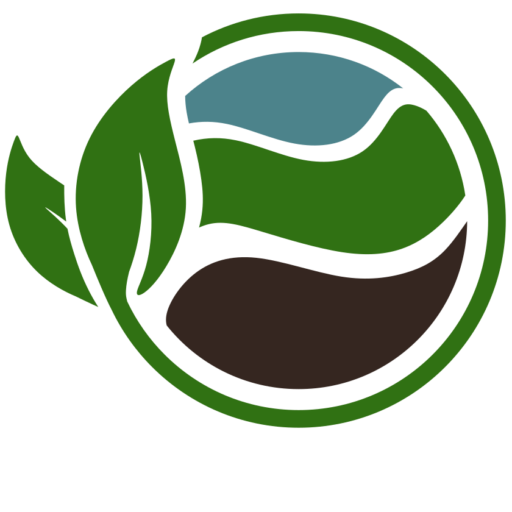
Stoddart Regenerative Strategy
Business Strategy for a Flourishing Future
Regenerate:
/rɪˈdʒen.ə.reɪt/
to improve a place or system, especially by making it more active or successful.
SOURCE: https://dictionary.cambridge.org/dictionary/english/regenerate
At Stoddart Regenerative Strategy (SRS), we believe that consideration of the full environmental, social, and governance impacts of an organization’s or business’ strategy needs to be an integral part of strategic decisions. ESG is not a compliance or reporting issue. Our tools and methods were developed to integrate the decisions into one process. Work with SRS to create a business plan that is effective for your current situation while ensuring the future you desire is positively impacted by your choices. This is a relatively new approach to strategic thinking and design but the tools SRS uses have been in use and refinement for over a decade across the globe in myriad industries.
Strategy Development
Learn more about the tools and processes we use to help your organization refine your strategy or develop a new one. We work on a range of engagement styles from short board strategy refreshes to full strategy definition projects.
Keynote Speaking
Learn more about Harry Stoddart’s range of speaking topics to inspire, challenge, or inform your audiences. Completely customizable for any length or setting.
Books and Publications
Learn more about the books and articles authored by the team at SRS.